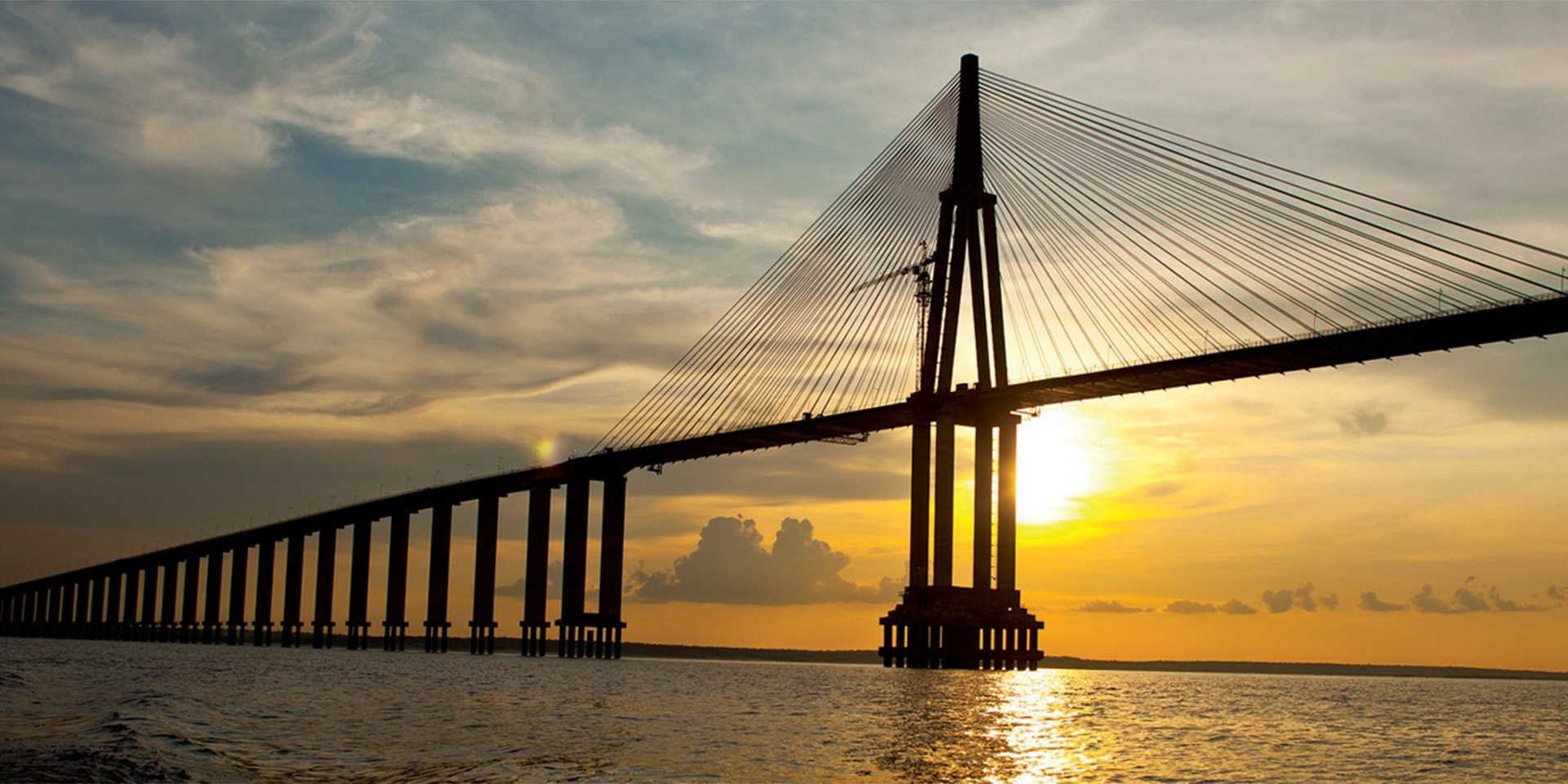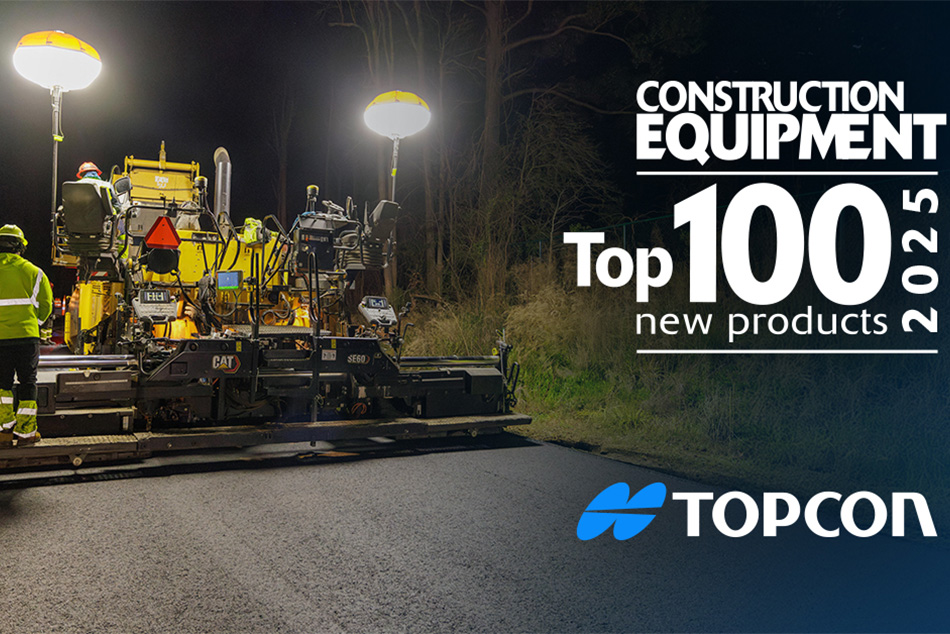The task proved formidable. A work platform of 400 barges was needed on the river as well as a crane that could hold up to 300 tons to position the piles. But the economic impact was also significant. The bridge construction employed over 3,300 workers directly with an additional benefit of more than 8,000 workers tangentially involved with the project.
As Henrique Domingues, manager of Obras Consorcia Rio Negro, describes it, “We had big challenges. First, the Rio Negro is a big, fast-flowing river, so we chose the narrowest point where we could reasonably cross. Second, little was known about the geology of the region so we had to do surveys for the foundations. The foundations required large-scale metal skirts that we had to drive into the riverbed with incredible force. Also, we knew little about the currents below the surface of the river. All this makes the work a daily challenge and requires new technologies and techniques.” And special problems require special teams.
Crowning the Bridge
One of the special teams called in to complete the work on the diamond crown of the central span was Camargo Corrêa. Founded in 1939, Camargo Corrêa is now one of the largest construction companies in Brazil. Camargo Corrêa specializes in big projects such as energy and industrial facilities, mass transportation, and sanitation, so it was well placed to take charge of one of the most important and difficult pieces of the bridge, the cable span.
After assessing the challenges of the contract, Camargo Corrêa contacted Topcon dealer Santiago & Cintra to supply them with the equipment they needed to get the job done. But even then, the surveying teams met unique problems, such as the fact that moving water does not make for good reference points. As surveyor Rosivaldo Marques of Camargo Corrêa explains, “In the construction of a bridge we have only two fixed points, the river banks, essentially to the north and south. In this sense all the measurements with the equipment was made from a fixed point on the south side of the construction site. Without any total station this would not have been possible.”
The surveying teams, working from both the stable framing of the bridge and the constantly moving barges, had to adjust to constantly changing realities. Wind surge, torrential rains, flooding, all could change the playing field. Thankfully, good equipment makes for quality work. As Marques explains, “Santiago & Cintra delivered our Topcon total stations as requested and they were always perfectly calibrated and ready to go to work. Topcon’s local technical support was invaluable to our work on the bridge. We could always count on Topcon technical support from Santiago & Cintra.”
The final bill is expected to total $1 billon Brazilian Reals ($614 million USD/Euro 500 million): 60% over initial projections. But by reducing the 40 minute ferry ride to a 10 minute drive, and, perhaps most importantly, by increasing the speed of communications thanks to the fiber optic cable embedded in its infrastructure, the Rio Negro bridge will take this Amazonian region into the 21st Century.


















